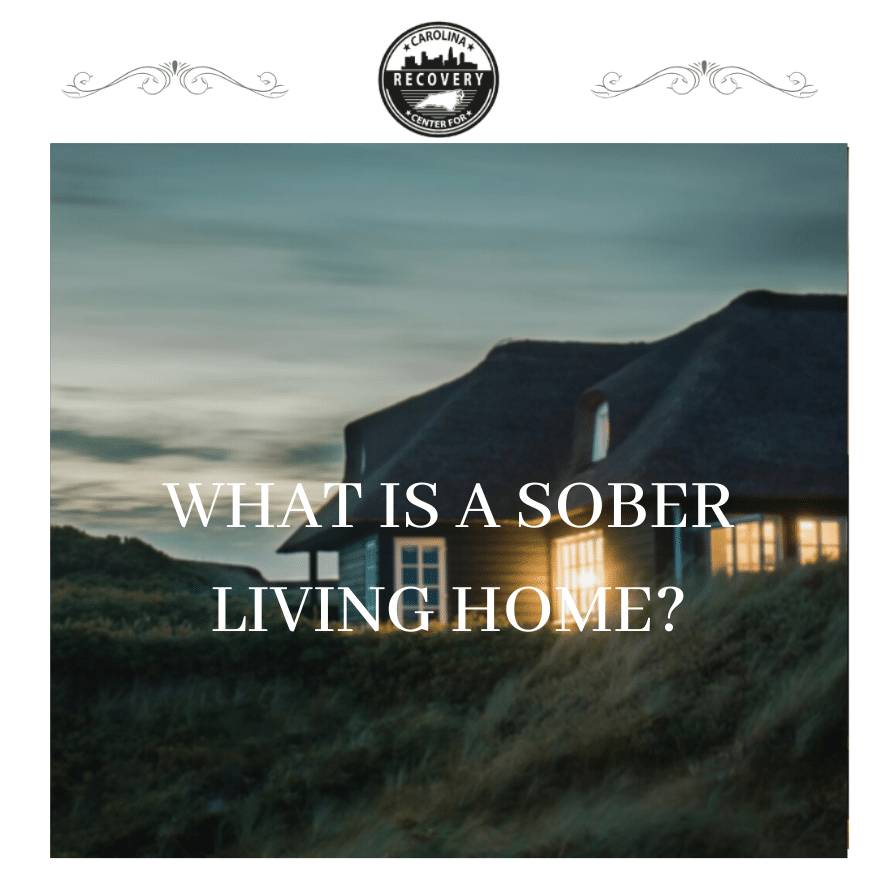What is a Sober Living Home?

Medically Verified: 2/1/24
Medical Reviewer
Chief Editor

All of the information on this page has been reviewed and verified by a certified addiction professional.
After completing treatment, going to a sober living home is one of the best ways for people in recovery to maintain their sobriety. Sober homes, sometimes known as halfway houses, encourage residents to practice healthy coping skills, actively participate in their recovery, and support their peers who are also newly sober. These abstinence-based homes serve as a bridge between residential addiction treatment and returning to the real world.
When people leave an inpatient drug or alcohol program, many of them struggle to adjust back into their regular routine. After all, many inpatient programs last several months, so it’s scary to go back into society after having access to 24/7 structure and supervision. As a result, aftercare programs, such as IOP, OP, or sober homes, offer people an easier way to transition out of rehab and reinforce the skills they learned in treatment.
If you or a loved one is in early recovery, choosing a safe living space is essential to your recovery. Not everyone has a healthy, supportive home environment to go back to, either. That’s where a sober living home comes in handy.
What are Sober Living Homes Like?
As the name implies, a sober living home is a household that operates free from drugs or alcohol and is inhabited by people in recovery. These family homes are often nestled away in quiet residential neighborhoods and have several rooms which are usually shared by housemates. As a shared living space, people who live in sober homes all contribute to the upkeep and chores in the household. In addition, all residents are required to pay rent on a weekly or monthly basis.
There are many types of sober homes and depending on which one you go to, each will be slightly different from the next. Some are owned by organizations or religious groups while others are run privately or are affiliated with a treatment center.
Sober homes are very different from actual addiction treatment programs as they are more flexible and don’t always require patients to be attending therapy. Furthermore, residents are typically allowed to come and go from the home as they please as long as they are following the house rules. As a result, sober living homes are a great way for individuals to take responsibility for their own recovery and well-being.
Since each home is different, people may stay in the homes for varying lengths of time. To explain, some sober livings only allow people to live there for 90 days, after which they are required to find their own living arrangements. On the other hand, some halfway houses allow people to live there for up to a year or even indefinitely.
What is Expected From Members of the Household?
Although each halfway house operates differently, most have a resident manager, “house mom,” or “house dad” who is in charge of overseeing the home and enforcing all of the rules. On the other hand, some have more of a social model in which all members of the household work together to maintain the home. Regardless, sober living homes aren’t a free for all. In fact, most of them have very strict rules and guidelines that residents must abide by. For example, common rules in these sober spaces include:
- Mandatory nightly curfew
- Random drug testing and breathalyzers
- Must be actively seeking and/or maintaining employment
- Proof of participation in 12-step programs or other support groups
- Weekly chore assignments
- Keep all rooms clean and organized at all times
- Required to have already completed detox and/or an addiction treatment program
- No outside visitors in the home
Furthermore, house members are expected to support one another in their recovery and hold one another accountable. This sense of community and accountability is only one of the benefits of going to a sober living home after rehab.
What are the Benefits of Going to a Sober Home After Rehab?
Living in a stable and supportive environment is crucial for your well-being in early recovery. After all, dysfunctional or toxic environments can contribute to relapse. Instead, sober living homes provide a safe, substance-free living environment to anyone seeking to stay sober.
Since halfway houses help residents adopt new behaviors, reinforce constructive coping skills, and practice healthy habits, they can significantly reduce the risk of relapse. In fact, sober homes are thought to have many benefits to people in recovery, including:
- Providing peer support and accountability
- Helping residents find a job
- Aiding individuals in finding housing after rehab
- Helping individuals adjust to life in sobriety
- Encouraging 12-step participation
In addition, sober residences have immense connections within the community. As a result, they are able to refer patients to the help they need in the event of an emergency, relapse, or mental health crisis. Overall, it’s extremely helpful to live in an environment surrounded by caring individuals who understand exactly what you’re going through. You will likely build life long friendships, learn a lot about yourself, and learn how to walk the path to sobriety hand in hand with other recovering addicts.
Should You Go to Sober Living After Treatment?
Anyone can benefit from going to a sober living home after rehab. Although virtually anyone can go to a sober home, most require that you have at least completed detox first. If you have completed detox and are unable to afford rehab, sober homes are a much more affordable option. Although you won’t be participating in therapy in the home, you will still have support from your peers and access to community resources.
Alternatively, if you have completed rehab you might feel anxious or scared about how to navigate life in sobriety. If that’s the case, know that you are not alone, and contacting a sober living near you can help you take control of your recovery.
Like all drug and alcohol programs, there is no one-size-fits-all treatment for people in recovery. However, sober living homes provide healthy, substance-free environments to help support those in early sobriety. If you or a loved one is looking into your aftercare options and are interested in learning more contact us today. Our addiction specialists can help you determine your treatment and aftercare needs.

